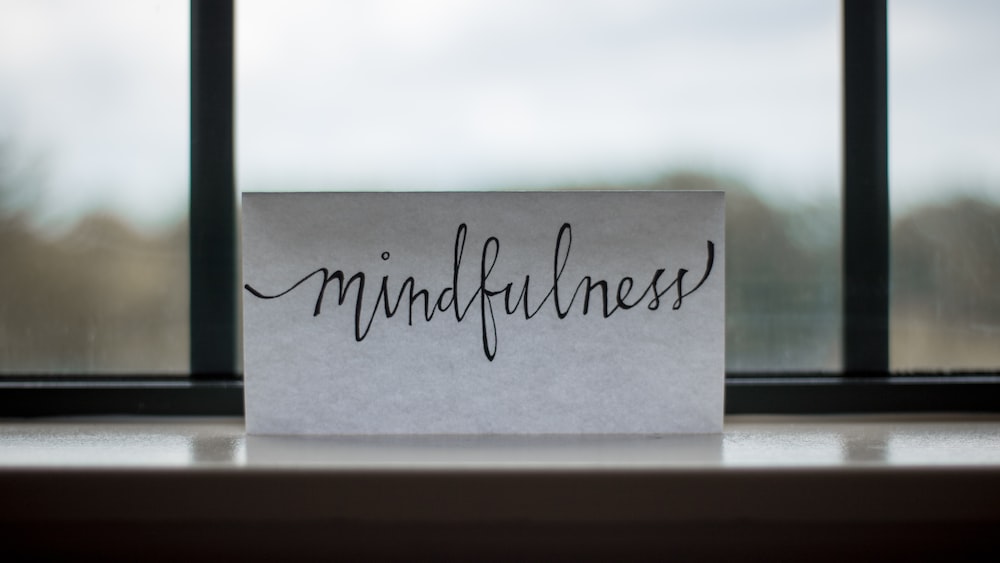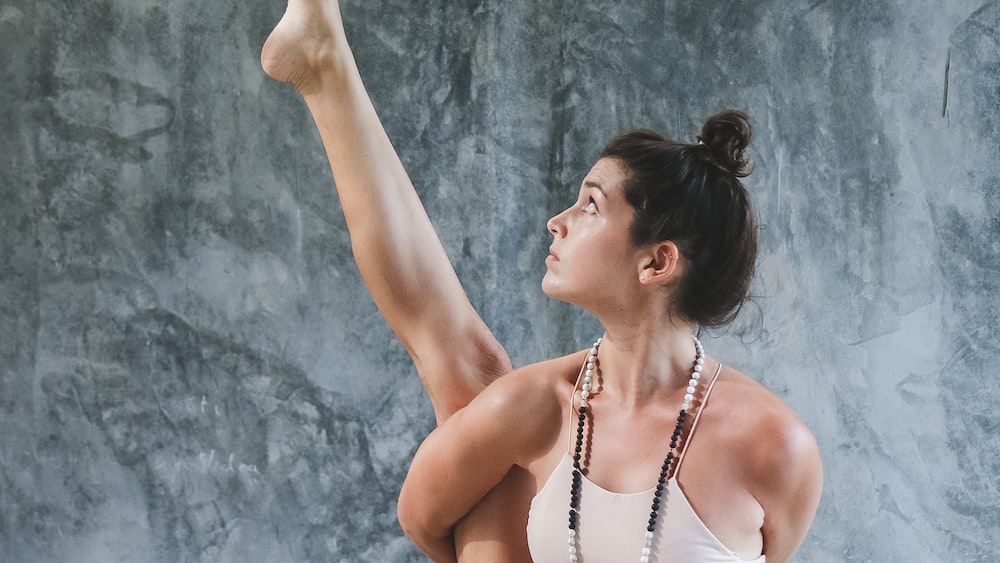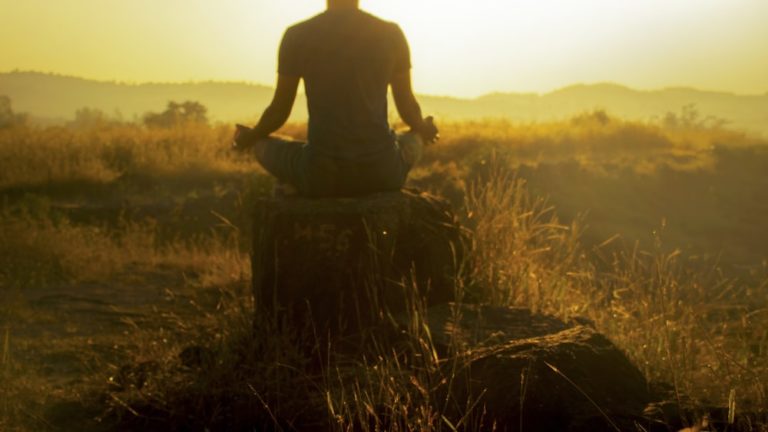15 Fun Mindfulness Activities: Engage Your Senses And Relax
Hey there! Are you looking for ways to relax and find balance in your life? You’re in the right place! In this article, we’ll explore 15 fun mindfulness activities that can help you engage your senses and find calm amidst the chaos of everyday life. No matter your age, there’s something here for everyone. So, let’s dive in and discover the magic of mindfulness.
Mindfulness is a powerful practice that has been shown to reduce stress, increase self-awareness, and improve mental health. By learning to be present in the moment, we can experience life more fully and joyfully. But how do we actually practice mindfulness in our daily lives? That’s where these activities come in!
In this article, we’ll cover mindfulness activities for adults, kids, and teens. Each activity has been carefully selected for its ability to help you engage your senses, focus your mind, and find relaxation. By incorporating these practices into your life, you’ll be well on your way to a more balanced and peaceful existence.
So, are you ready to transform your life with the power of mindfulness? Let’s get started!
Fun Mindfulness Activities for Adults
Adults, it’s time to slow down and enjoy the present moment. The following activities will help you to develop mindfulness in your daily routine, making it easier to find peace, balance, and joy in even the most hectic of days.

1. Morning Intention Setting
Starting your day with a mindful morning practice can set the tone for a calm and focused day. Morning intention setting is a simple yet powerful way to align your thoughts and actions with your values and goals.
To practice morning intention setting, find a quiet space and take a few deep breaths. Close your eyes and ask yourself, “What is my intention for today?” It could be something like “I will be kind to myself” or “I will focus on one task at a time.” Once you’ve identified your intention, take a moment to visualize how it will manifest in your day. Then, open your eyes and start your day with renewed focus and purpose.
Starting your day with morning intention setting can help align your thoughts and actions with your values and goals, leading to a more focused and purposeful day.
2. Mindful Waiting
We wait in line at the grocery store, at the doctor’s office, and in traffic. Instead of viewing waiting as an annoyance, why not turn it into an opportunity for mindfulness? Mindful waiting is all about using these moments to practice presence and patience.
Next time you’re waiting, take a deep breath and focus on your surroundings. Observe the sights, sounds, and sensations around you. If your mind starts to wander, gently bring it back to the present moment. By practicing mindful waiting, you’ll transform previously frustrating experiences into opportunities for growth and self-awareness.
3. Mindful Eating
Eating is something we do every day, but how often do we truly savor our food? Mindful eating is the practice of being fully present and engaged with each bite, allowing us to enjoy our meals more fully and develop a healthier relationship with food.
To practice mindful eating, start by eliminating distractions (like your phone or TV) during mealtime. Take a moment to appreciate the appearance and aroma of your food. As you take each bite, chew slowly and savor the flavors and textures. By eating mindfully, you’ll not only enjoy your food more, but also become more in tune with your body’s hunger and fullness cues.
4. Diaphragmatic Breathing
Diaphragmatic breathing, also known as deep belly breathing, is a powerful technique for reducing stress and promoting relaxation. By learning to breathe deeply and fully, we can activate our body’s relaxation response and increase our sense of calm and well-being.
To practice diaphragmatic breathing, find a comfortable position and place one hand on your chest and the other on your belly. Take a slow, deep breath in through your nose, allowing your belly to rise as you fill your lungs with air. Then, exhale slowly through your mouth, feeling your belly fall as you release the air.
Practice diaphragmatic breathing for a few minutes each day, gradually increasing the length of your sessions as you become more comfortable with the technique. By incorporating this practice into your daily routine, you’ll develop a powerful tool for managing stress and cultivating mindfulness.
5. Walking Meditation
Walking meditation is a wonderful way to combine physical activity with mindfulness practice. It’s also a great option for those who struggle with sitting still during traditional meditation practices.
To practice walking meditation, find a quiet and peaceful location where you can walk without distraction. Begin by focusing on your breath and then gradually shift your attention to the sensations of walking, such as the feeling of your feet hitting the ground and the movement of your legs. As you walk, try to maintain a slow and steady pace, allowing your mind to remain focused on the present moment.
Engaging Mindfulness Activities for Kids
Children can benefit greatly from mindfulness practices, as they help to develop focus, self-regulation, and emotional resilience. The following activities are designed to be fun and engaging for kids, making it easy for them to develop mindfulness skills early in life.
6. Five Senses Scavenger Hunt
A Five Senses Scavenger Hunt is a fantastic way to introduce mindfulness to children, as it encourages them to engage their senses and explore the world around them. This activity can be done indoors or outdoors and can be adapted to suit a variety of age groups.
To begin, create a list of items for your child to find using each of their five senses (sight, sound, touch, smell, and taste). For example:
- Sight: Find something red
- Sound: Listen for a bird singing
- Touch: Feel the texture of a tree bark
- Smell: Smell a flower
- Taste: Taste a piece of fruit
As your child searches for each item, encourage them to focus on the sensory experience and fully engage with each moment. This activity not only helps to develop mindfulness but also fosters curiosity and a love for exploration.
Introducing mindfulness to children through a Five Senses Scavenger Hunt encourages them to engage with their surroundings and develop curiosity.
7. Mindful Bubble Blowing
Who doesn’t love bubbles? This fun activity is perfect for kids and adults alike. Mindful bubble blowing helps you slow down, focus on your breath, and enjoy the present moment. To get started, simply grab some bubble solution and a wand, and find a quiet, comfortable spot to sit or stand.

Take a deep, slow breath in, and as you exhale, gently blow a bubble. Watch as it floats gracefully through the air, observing the colors shimmering on its surface. Notice the shape and size of each bubble, and how they change as they drift away. The goal here is to be fully present and engaged in the experience, letting go of any thoughts or distractions. Give it a try and feel the sense of calm it brings to your day.
8. Calm Cards
Calm cards are a fantastic mindfulness tool that can be used by kids and adults alike to help bring a sense of peace and tranquility to any situation. To create your own calm cards, simply find small pieces of cardstock or index cards and decorate them with calming words, phrases, or images.
- Write down positive affirmations like “I am strong,” “I am loved,” or “I am at peace.”
- Draw or print out images of serene landscapes, animals, or symbols that resonate with you.
- Add inspiring quotes or mantras that encourage mindfulness and relaxation.
Keep your calm cards in a small box or envelope, and whenever you feel overwhelmed or stressed, pull one out and take a few moments to read or gaze at the card. Focus on the message or image, and allow it to guide your thoughts and emotions back to a place of calm and centeredness.
9. Dragon Breathing
Dragon breathing is a fun and engaging mindfulness activity that can help kids and adults alike to manage stress and anxiety. This deep-breathing exercise involves taking a long, slow breath in through the nose, and then forcefully exhaling through the mouth, as if you were a fire-breathing dragon. The idea is to focus your attention on the sensation of your breath and the sound it makes as you exhale.
To practice dragon breathing, find a comfortable seated position and close your eyes. Inhale slowly and deeply through your nose, allowing your chest and belly to expand. Then, purse your lips and exhale forcefully, making a “whoosh” sound as you imagine flames shooting out of your mouth. Repeat this process several times, paying close attention to your breath and the sensations in your body. You’ll quickly find yourself feeling more relaxed and centered.
10. Mindful Yoga
Mindful yoga is a fantastic way to combine physical movement with mindfulness practices. By focusing on your breath, body, and the sensations you experience during each pose, you can bring a sense of awareness and presence to your practice that goes beyond traditional yoga.
Begin by choosing a few simple poses, such as child’s pose, mountain pose, or downward-facing dog. As you move into each position, pay close attention to the sensations in your body, the alignment of your limbs, and the flow of your breath. Allow your mind to become fully absorbed in the experience, letting go of any thoughts or distractions. With practice, you’ll find that mindful yoga leaves you feeling calmer, more focused, and more in tune with your body and mind.
Mindfulness Activities for Teens
Teenagers face unique challenges and stressors, which is why it’s so important to equip them with mindfulness tools and techniques that can help them navigate this tumultuous time. In this section, we’ll explore some engaging and effective mindfulness activities designed specifically for teens, to help them cultivate a sense of inner peace, self-awareness, and resilience.
11. Music Appreciation
Music has the power to evoke emotions, memories, and a sense of calm. Music appreciation is a mindfulness activity that encourages teens to fully immerse themselves in the experience of listening to a song or piece of music. Choose a piece that resonates with you – it could be classical, instrumental, or a favorite song with meaningful lyrics.

Find a quiet, comfortable space, and close your eyes as you listen to the music. Pay attention to the various instruments, the melody, and the rhythm. Notice how the music makes you feel, and allow yourself to become fully absorbed in the experience. By focusing on the music and the emotions it evokes, you can cultivate a deeper sense of mindfulness, presence, and appreciation for the beauty of sound.
Music appreciation can be used as a mindfulness activity to cultivate a deeper sense of presence and appreciation for the beauty of sound.
12. Mindful Movement
Mindful movement is an excellent way for teens to engage in physical activity while also practicing mindfulness. This can include activities such as dance, tai chi, or even a simple stretching routine. The goal is to focus on the sensations in your body as you move and to connect with your breath.
Begin by choosing a form of movement that feels enjoyable and accessible to you. As you engage in the activity, pay close attention to how your body feels, the rhythm of your breath, and the sensations in your muscles and joints. Allow your mind to become fully absorbed in the experience, letting go of any thoughts or distractions. With practice, mindful movement can help you cultivate a deeper connection to your body, reduce stress, and increase overall well-being.
13. Group-based Mindful Dance
Dancing is a joyful, expressive way to connect with others and release tension. Group-based mindful dance is an activity that encourages teens to explore movement in a fun, supportive, and non-judgmental environment. This can be done in a formal dance class, or simply by gathering a group of friends and putting on some music.
As you dance, focus on the sensations in your body, the music, and the energy of the group. Allow yourself to be fully present, letting go of any self-consciousness or judgment. Feel the interconnectedness between you and your fellow dancers, and embrace the freedom and joy that comes from moving your body in sync with others. This activity is not only a great way to practice mindfulness, but also a wonderful opportunity to bond with friends and have some fun.
14. Mindful Journaling with Prompts
Mindful journaling is an engaging way to tap into your thoughts and emotions, while also helping you stay present in the moment. It’s about letting your thoughts flow freely, without judgment, and exploring your inner world. Using prompts can make the process even more effective. Prompts are simple questions or statements that guide your writing and provide a starting point for reflection.
For example, you might use prompts like “Today, I am grateful for…” or “One thing I learned about myself today is…”. The key is to write without editing or censoring yourself – just let the words flow. Over time, you’ll notice patterns and insights emerging, which can be a powerful tool for self-awareness and growth.
15. Art-based Mindfulness: Coloring and Crafting
Art-based mindfulness activities, such as coloring and crafting, are a great way to relax and focus your attention on the present moment. These activities allow you to engage your senses and creativity, helping to quiet the mind and find a sense of calm. Coloring, in particular, has become a popular mindfulness activity for people of all ages.
Whether it’s intricate designs or simple patterns, coloring allows you to immerse yourself in the process and temporarily forget your worries. Likewise, crafting – such as knitting, drawing, or painting – can have a similar effect. The goal is to be fully present in the experience, paying attention to the colors, textures, and movements involved.
Engaging in art-based mindfulness activities, such as coloring and crafting, can help you relax, quiet your mind, and find a sense of calm by immersing yourself in the present moment.
FAQs
1. What are the benefits of mindfulness activities?
The benefits of mindfulness activities are numerous and varied. Engaging in these practices can improve emotional well-being, reduce stress and anxiety, enhance focus and concentration, and promote self-awareness and personal growth.
2. How do mindfulness activities help with stress and anxiety?
Mindfulness activities help with stress and anxiety by bringing your attention to the present moment, allowing you to experience thoughts and emotions without judgment. This can provide a sense of calm and balance, making it easier to cope with stressful situations and manage anxiety more effectively.
3. Can mindfulness activities be practiced in groups?
Yes, mindfulness activities can certainly be practiced in groups. In fact, engaging in these activities with others can offer additional benefits, such as fostering a sense of community and support, enhancing interpersonal connections, and providing opportunities for shared learning and growth.

4. How often should one engage in mindfulness activities for maximum benefits?
How often you should engage in mindfulness activities depends on your personal preferences and schedule. Ideally, incorporating mindfulness practices into your daily routine can yield maximum benefits, but even just a few minutes per day or a couple of times per week can make a noticeable difference in your overall well-being.
Conclusion
Mindfulness activities are a fantastic way to improve your mental and emotional well-being. By engaging your senses and focusing on the present moment, you can build resilience, reduce stress, and develop a greater sense of self-awareness.
There are countless mindfulness activities to explore, from meditation and mindful movement to journaling and art-based practices. The key is to find what works best for you, whether it’s a solo practice or a group activity.
Remember, mindfulness is a journey – one that requires patience, practice, and self-compassion. So, start small, stay consistent, and embrace the many opportunities for growth and self-discovery that mindfulness has to offer.
Give these fun mindfulness activities a try, and watch as your life becomes more peaceful, balanced, and joyful. Happy practicing!
I wish you the best! Fabian.
Share with your Friends:






